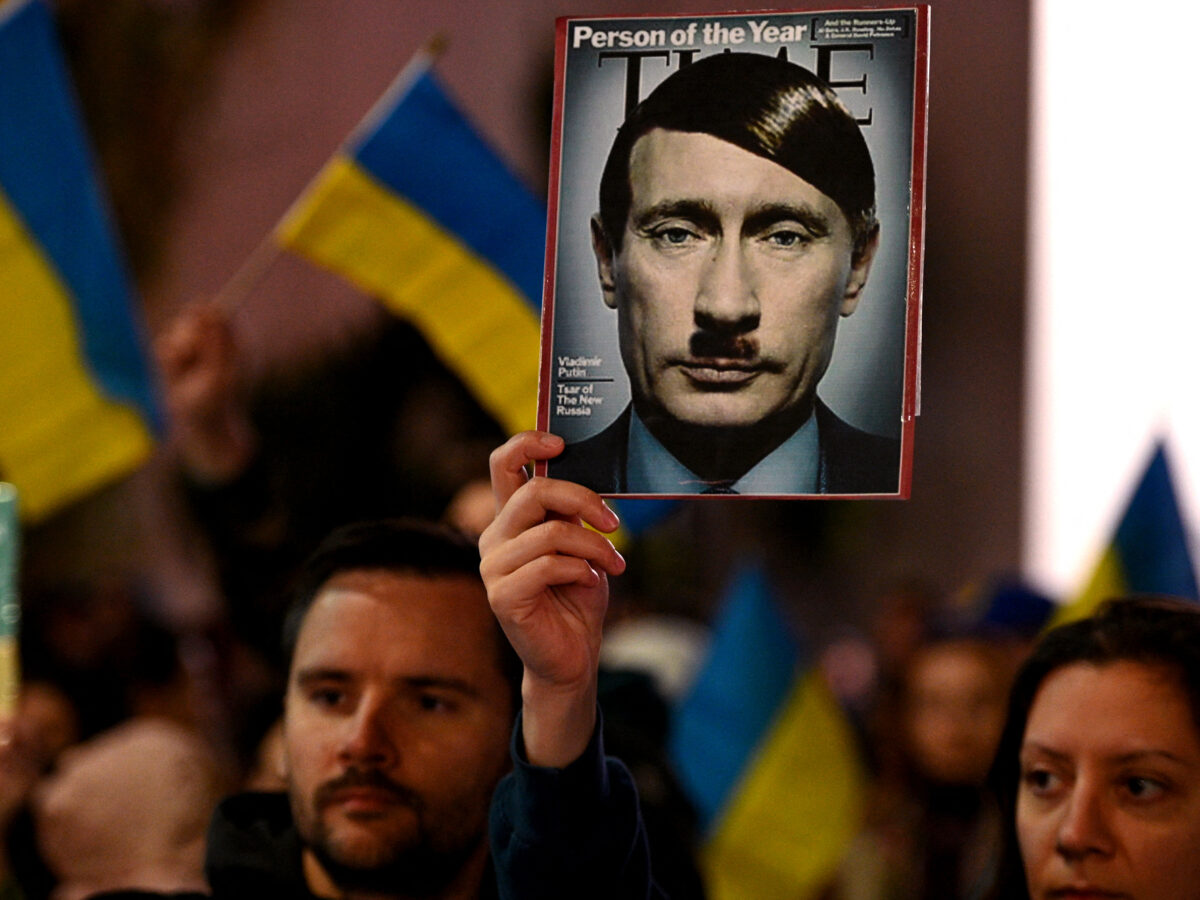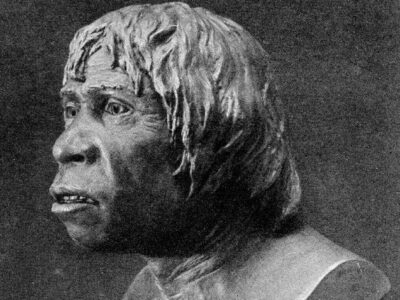Recently I was fortunate to see Steven Soderbergh’s two-part film on Ernesto “Che” Guevara, respectively titled The Argentine and Guerrilla, which debuted at the 2008 Cannes film festival, to mixed reviews. I say “fortunate” for two reasons — first, it is a splendid, documentary-style film-duo which corresponds, as far as I am able to ascertain, to what is known of the periods in Che’s life covered by them, and second, because I have always had the greatest admiration for this Argentinian/Cuban revolutionary leader who embodies what Lacan calls the revolutionary’s choice: “freedom or death”.
To be sure, Che was human, and as such he had his fair share of flaws, which manifested themselves, according to commentators, in his ruthlessness towards defectors or traitors who were condemned to death and executed under his command, in this way reflecting what is seen as hardened ideological commitment on his part.
Not much of this is presented in the two films. The first one (The Argentine) deals with the revolutionary war in Cuba, from the 1957 landing, in that country, of Fidel Castro, Guevara (initially as the revolutionaries’ medical doctor) and their comrades, through various stages of the campaign to depose the military dictator, Batista, to the point where they have taken the city of Santa Clara, in this way clearing the way for victorious entry into Havana about two years after the start of the war.
The second of these films (Guerrilla) focuses on Che’s disguised entry into Bolivia, where he hoped to stage a similar revolution with the help of some of his Cuban officers and local rebels, and it follows their guerrilla campaign in a “Day 37”, “Day 100” etc format, culminating in Che’s arrest and execution on Day 341, October 9, 1967.
Summarising the ground covered by this two-part biopic cannot possibly capture the effect of the understated cinéma vérité style of cinematography, which differs from Part I to Part 2, in so far as Soderbergh employed anamorphic 16mm film for the first, and spherical lenses for the second, presumably with the intention of capturing the divergent perspectives of the two Guevara diaries on which each respective film is based.
Anamorphosis will be familiar to students of the history and theory of art (and to those philosophers who are interested in the connections between the thought and other cultural practices of an era). It is the theory and artistic practice of presenting visual material in such a way that it assumes specific, recognisable forms from a particular angle alone. Holbein’s The Ambassadors is a paradigmatic painting in this regard, where what looks like an amorphous, elongated “blob” from directly in front of the canvas, gels into a skull when viewed from an oblique angle. In using this technique, Holbein not only indicated his disdain for the pomp and swagger of the ambassadors’ ostentatious finery (the skull here representing “vanity” in the double sense of “arrogance” and what is “in vain” in the face of inescapable death), but simultaneously signed his work, because “Holbein” means “skull” in German.
By using anamorphotic cinematography in The Argentine, Soderbergh has therefore insinuated a somewhat distorting visual element into viewers’ field of vision, and with good directorial reason: the diary on the Cuban war of liberation was reportedly written by Guevara with the hindsight of someone who has triumphed — what Freud would call “secondary revision” — and this, Soderbergh intimates through his subtly distorting use of anamorphosis, is somewhat removed from the events “as they happened”.
In analogous fashion, his use of spherical lenses in Guerrilla is a way of imparting to the film the visual counterpart of the kind of immediacy (with the focal point differentiating itself from the peripheral areas in one’s field of vision) that allows scant distance from a situation, again in accordance, one assumes, with the writing style of the Bolivian diary which Che wrote from day to day during the disastrous guerrilla campaign, without the distorting effect of hindsight, but with its own kind of warp.
Soderbergh’s solution to the (from viewing time-perspective) impossible demand, that Guevara’s visit to America and speech to the General Assembly of the United Nations in 1964 be part of his film(s), is cleverly solved in Part 1 by cutting between scenes from the Cuban liberation campaign and scenes in New York (Che being interviewed, Che addressing delegates at the UN, etc) — a technique that heightens the documentary feel of the film.
Moreover, his refusal to approach the films as attempts at a psychological profile of the revolutionary hero, opting instead for a disinterested, visual surface-oriented take, has the result of a salutary understatement that eschews the trap of taking ideological sides, without necessarily erring in the opposite direction of communicating the illusory conviction, that he has presented the “facts” “objectively”.
His clever use of different cinematography for the two films is an indication that Soderbergh is quite aware of the “objectivist fallacy”, despite the fact that extensive research went into the circumstances of Che’s life, not only by every available documentary source being consulted (by the scriptwriter and by Benicio del Toro, who plays Che in the film, and even studied Don Quixote, one of Che’s favourite books) but by interviewing the three survivors of the Bolivian campaign as well as some of those from the Cuban expedition.
Del Toro’s rendition of the justly famous revolutionary is similarly understated, but — together with Soderbergh’s judicious direction — brings the character of Che Guevara across as someone passionately committed to the ideal of freedom from oppression, and with a strong sense of justice (to the point of ordering soldiers to return a car that they claimed in Santa Clara for driving to Havana, and ordering his comrades to pay peasant farmers appropriately for food received from them).
Guevara’s constant awareness, as an avid reader (his father’s house in Argentina boasted more than 3 000 volumes) and intellectual, that illiteracy is a source of being oppressed, comes through in especially Guerrilla, through his encouragement of regular reading and writing on the part of his fellow fighters, and the extent of his lifelong suffering from debilitating attacks of acute asthma (which did not prevent him from impressive physical exertions) is foregrounded in both films.
For a full appreciation of the place of these film-narratives in the narrative of Che’s life, it certainly helps to have seen The Motorcycle Diaries before viewing Che Part 1 and 2, which is based on Che’s account of his 1951 journey through South American countries with his friend Alberto Granado, and provides insight into the awakening of Che’s revolutionary conscience, as it were, in the course of witnessing the oppression of peasant farmers by wealthy landowners, and the harsh treatment of workers by authorities of mining companies. His lifelong hatred of what he called the “capitalist octopuses” probably started here.
It was in the course of the same journey that Guevara, before even qualifying as a medical doctor and surgeon in 1953, did voluntary medical work at a hospital for lepers on the banks of the Amazon, where his sense of solidarity with those who suffer became even stronger.
As with any account of the life of a controversial figure, these films will hardly be appraised dispassionately by viewers — as the fictional Mr Keating says in Peter Weir’s Dead Poets Society, “The human race is filled with passion”. The most even-handed capitalist is likely to approach the films with suspicion (assuming such a person knows who Che was), while opponents of capitalism would evince more sympathy from the outset, regardless of the fact that the films are not synonymous with Che’s life, but represent an interpretive cinematographic account of it.
Whatever the case may be, however, no one should miss the opportunity to see them — after all, Ernesto “Che” Guevara counts among those rare individuals who have left an ineradicable mark on the fabric of history.
And talking of history, one is struck by the supreme irony that the photograph of Che that Alberto Korda took in 1960, which is known as Guerrillero Heroico, has itself been assimilated into consumer culture and probably means nothing more to most people than a fashion statement. Che would be mortified. After all, his view of capitalism (which he described as a “contest among wolves” where no one wins except at the cost of others) as reprehensible was well thought through.
This much is apparent from his documented desire, in Cuba, to replace “material incentives” in the economy with moral ones that would promote a collective spirit of citizenship in the place of individual ambition coupled with greed. This was the only way, he believed, to defeat what he saw as the egotistic selfishness cultivated by capitalist practices. One of Che’s pronouncements on capitalism could serve as a salutary reminder to some South African politicians, who still quaintly call one another “Comrade”, just how far they have drifted from ideals they once supposedly espoused:
“There is a great difference between free-enterprise development and revolutionary development. In one of them, wealth is concentrated in the hands of a fortunate few, the friends of the government, the best wheeler-dealers. In the other, wealth is the people’s patrimony.”
Perhaps these politicians (who have the nerve to rename some city streets after Che Guevara) should also be reminded that Che “led by example”, labouring long hours in his post as a minister, as well as participating in construction, and even joining workers cutting sugar cane during his free time. This is true, visible leadership.
Che’s opposition to capitalism did not blind him to the fact that socialism easily became perverted through the concentration of power in the hands of the few. Accordingly, he emphasised that a socialist economy in itself is not “worth the effort, sacrifice, and risks of war and destruction” if, in the end, it promotes just another variety of individualist ambition for power and greed. What the world needed, according to him, was a “new man and woman” in moral terms — ones not susceptible to empty materialist values, but committed to all people’s well-being in a spirit of human solidarity. I could not agree more.




